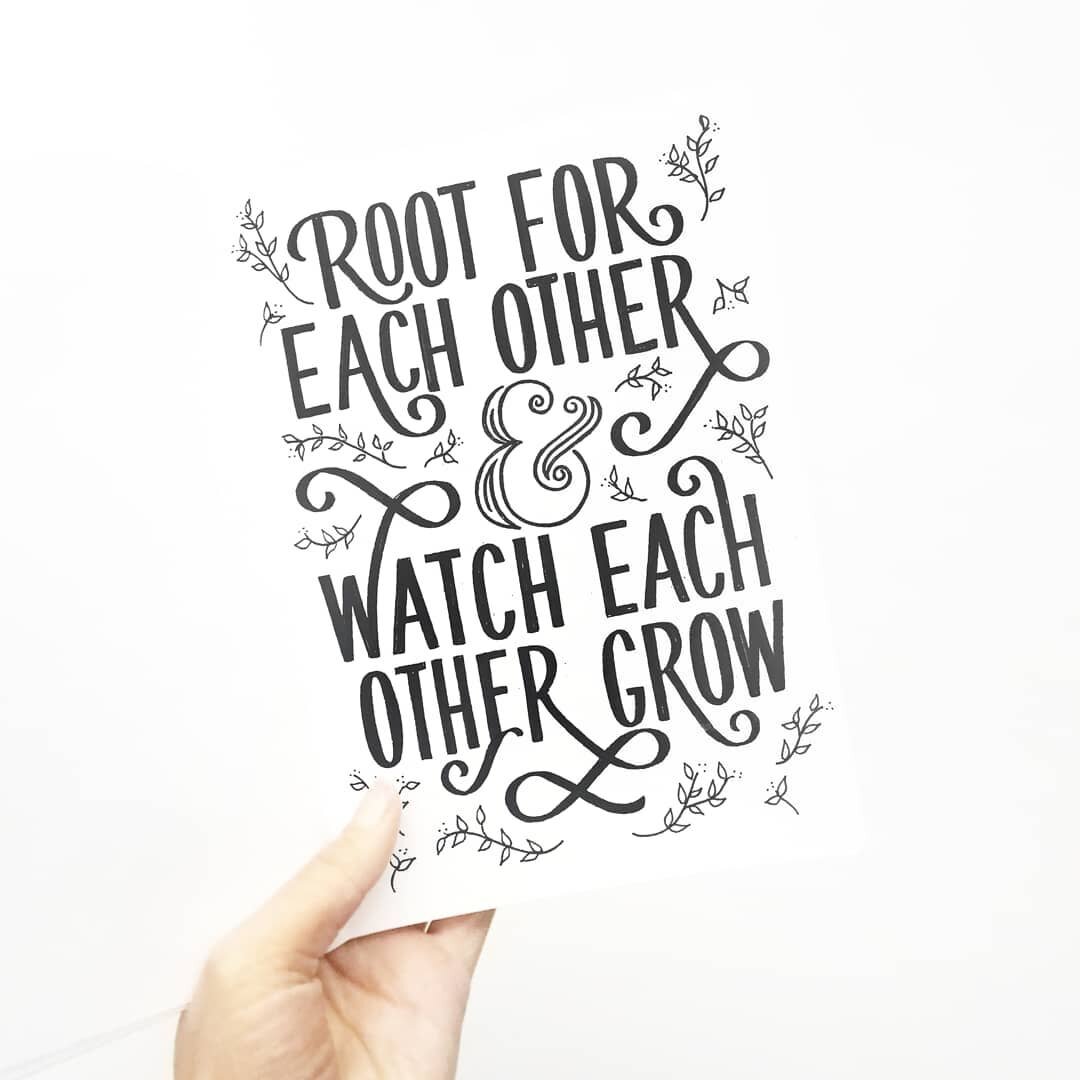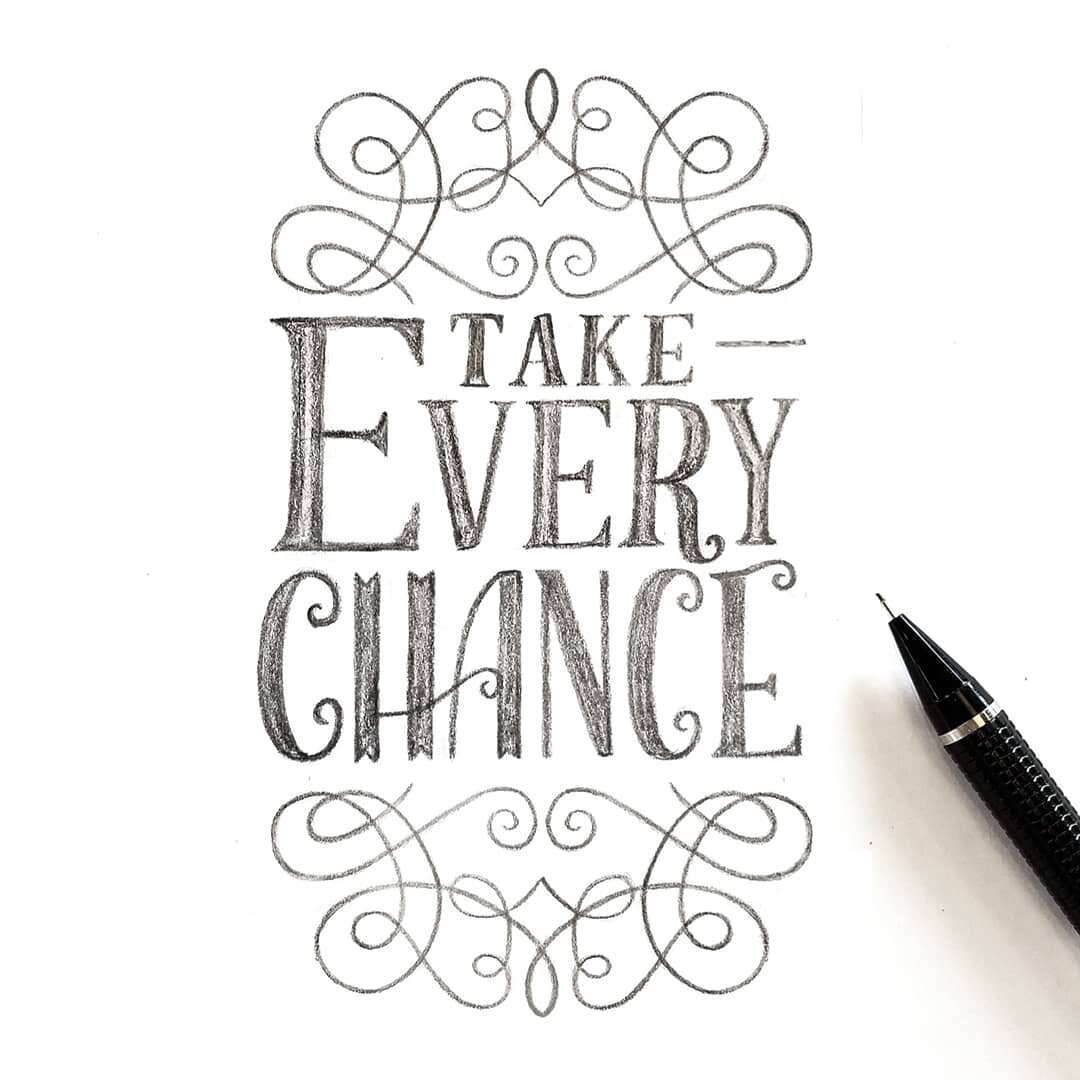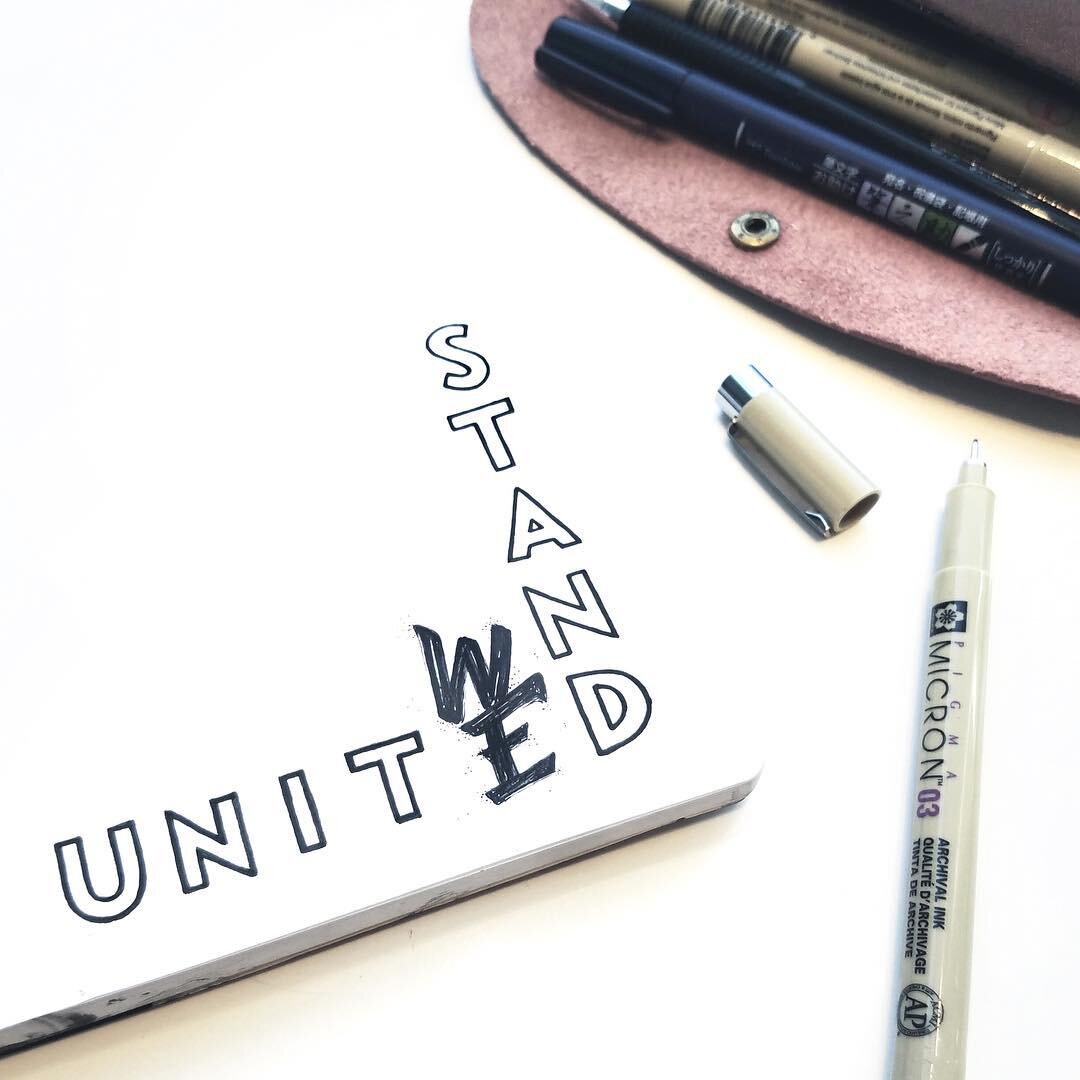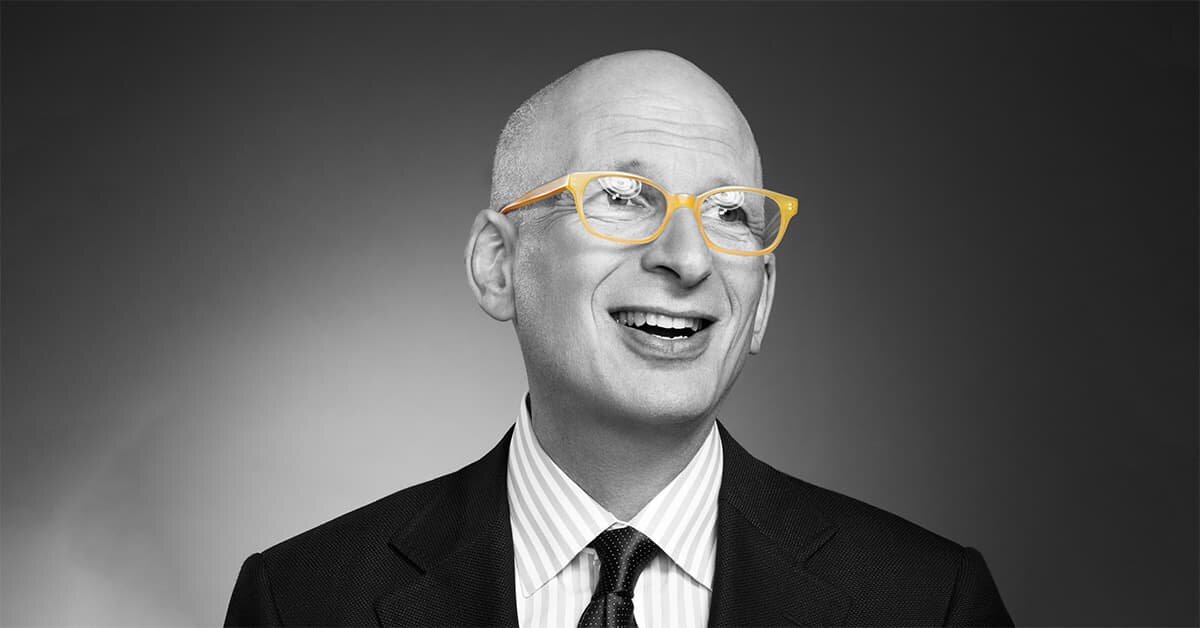When I started lettering in 2015, my heroes were female lettering artists like Lauren Hom, Jessica Hische, and Jennet Liaw. Every time I took out my notebook to start sketching, I’d simultaneously have my laptop open with a Pinterest board full of lettering pieces by them. I remember using these images as references while I worked hard on my sketches, hoping that this time I could finally create a piece that was as good as theirs. And maybe this time my work would finally catch the internet’s attention, putting me on the same insta-fame trajectory as my heroes.
Looking through my old sketches, I can easily spot which pieces were influenced by each artist from the way I tried to imitate their style:
Imitation was useful to some extent. It helped me understand the basic rules of typography and improve my drawing technique. But as I continued practicing and honing my craft, I started to see the error in my imitation approach. By focusing on imitating their style, I was trying too hard to draw like them instead of think like them in hopes to become a stand-out artist.
Todd Henry is an author and speaker who’s thought a lot about what makes certain creatives more brilliant than others. After publishing the book The Accidental Creative, he wrote an article on The Huffington Post and made a clever point about how “cover bands don’t change the world”.
He says that cover bands can “entertain us, and maybe even make a little money in the process, but in the balance they are replaceable.” If the goal is to become a stand-out artist, we should take the difficult path to creating unique work, rather than imitating what’s already been done.
This lesson can be applied to businesses and products too. In the book, The Infinite Game, Simon Sinek shares a story about how Apple and Microsoft had different approaches to developing their mp3 player in the early 2000s. Apple, being known for their sleek and elegant product design, was focused on creating a media player that elevated the customer experience. Because of this approach, the iPod stood out from all the other devices in the market when it launched in 2001.
Microsoft, on the other hand was focused on competing with Apple and imitating the iPod’s feature sets. But by being too focused on imitating the style and not the approach, they failed to create something that was unique and memorable to their customers. Interestingly, many reviews claim that the Zune player’s audio and interface quality was better than the iPod. But because the product itself wasn’t life-changing, the it flopped and Microsoft marked the end to a short-lived era in less than 5 years.
Tim Ferriss once asked Seth Godin in an interview what his warm-up routines are for writing. Seth responds with a story of Stephen King’s pencil, explaining that at every writing conference there’s an individual that asks Stephen King what pencil he uses to write such prolific novels. But Seth states this is a very ineffective question because there’s no correlation between “how a writer writes and how good their work is”. Tools, routines, and styles are all insights that focus on the wrong thing.
What makes an artist unique is their vision, perspective, and voice. And it’s how they effectively inject these qualities into their work, that makes them stand out. I should’ve been less focused on imitating the style of my heroes, and more focused on adopting the thought process behind their style while injecting my own qualities.
In the end, I don’t want my artwork to look like Lauren, Jessica, or Jennet’s. Just like Apple doesn’t want their iPod to look like Microsoft’s Zune.
So how does one adopt a hero’s thought process? 🤔
You’re only scratching the surface if you’re just staring at their work. Here are some tactics I’ve adopted over the years to go one level deeper and understand how my heroes think:
-
Watch presentations from past conferences and virtual events on platforms like YouTube and Vimeo where they walk through the process behind a certain project.
-
Jessica Hische’s AIGA presentation about her Tomorrow I’ll Be Brave book helped me understand how she was inspired to create a book about encouragement and self-forgiveness after becoming a mother.
-
Lauren Hom’s Adobe Max presentation about her Will Letter for Lunch project helped me understand how she identified a restaurant’s need for better chalkboard signage and was inspired to scale it into a city-wide project.
-
-
Listen to podcast interviews on platforms like Spotify and Apple where they have intimate, long-form conversations about their background, influences, and passions.
-
One Vibe’s interview on The Perspective Podcast helped me understand how his outdoor experiences in Hawaii inspires him to draw vibrant, positive illustrations.
-
Brendan Leonard’s interview on The Adventure Sports Podcast helped me understand how his desire to write for outdoor magazines inspired him to start writing weekly adventure blogs on his website Semi-Rad.
-
This kind of research takes time and effort. I’m not guaranteed to find these nuggets of wisdom in every presentation I come across. But when I do, I note it down so it’s readily available when I need a little boost of inspiration.
Ending this post with a quote from Neil Gaiman, who sums up this lesson well in his 2012 commencement speech “Make Good Art”:
“The urge starting out is to copy, and that’s not a bad thing. Most of us only found their own voices after we’ve sounded like a lot of other people.
But the one thing that you have that nobody else has is you.”
-Chie








